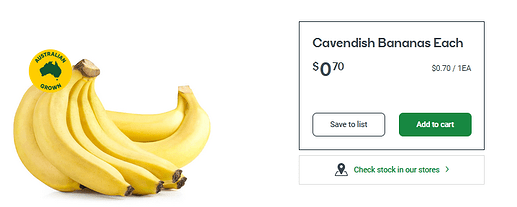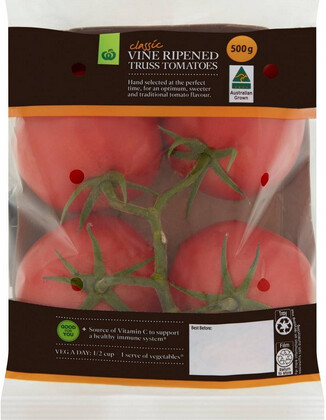In the last few months, Woolworths has removed the ability to easily compare or weigh fresh fruit and vegetables when grocery shopping online. Woolies only show cost-per-item and have removed weight and unit pricing. I searched ‘fresh apples’ on both Woolworths and Coles online shopping sites. Woolies Pink Lady apples are $0.86 each, Mi Apples are $1.03 each, Eny $0.70 each, Royal Gala $0.78 each. So which one is a better deal? You can’t tell because there is no unit price or approximate weight offered.
On Coles apples display an overall price, plus an approximate weight and disclose the unit price. Coles: $1.18 for approximately 200g of Pink Lady apples at $5.90 per kg; $0.81 for approx 180g of Modi apple at $4.50 per kg; $1.10 for approx 160g of Jazz apple at $6.90 per kg.
You can’t make a fully informed choice if you’re not fully informed.
Surprisingly, this is allowable by the ACCC unit pricing guidelines Unit Pricing Code | ACCC (page 8 of the PDF publication).
I’m not sure the ACCC considered online customers being unable to physically sight, touch or weigh the produce. Surely the principle of price-per-unit should only apply when there is only one variety of that item, like lemons, or figs, or pomegranates.
I’m sure people will say ‘support the local greengrocer then’ but online shopping has been a godsend for many people: those living with disability, older persons, and people with limited transport options. I do support my local greengrocer as well as online greengrocers.
This feels shonky, I can’t imagine how they thought this would benefit customers, I believe this is truly an attempt to make pricing unclear and increase profit. The most impacted will be the most vulnerable, people who have fewer options.
I bought two zucchini in my last shop. They were so tiny! Without approx weight, I can’t adequately budget and plan family menus. I complained and was refunded, but still, so shonky!

